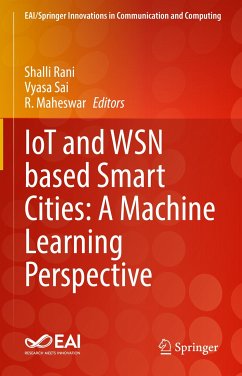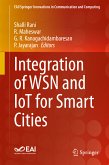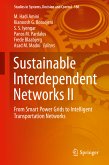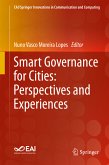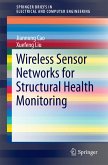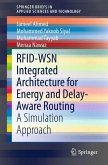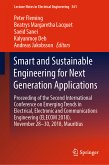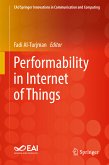This book provides an investigative approach to how machine learning is helping to maintain and secure smart cities, including principal uses such as smart monitoring, privacy, reliability, and public protection. The authors cover important areas and issues around implementation roadblocks, ideas, and opportunities in smart city development. The authors also include new algorithms, architectures and platforms that can accelerate the growth of smart city concepts and applications. Moreover, this book provides details on specific applications and case studies related to smart city infrastructures, big data management, and prediction techniques using machine learning.
- ¿Explores various applications to show how machine learning is helping to maintain and secure smart cities;
- Includes developments on how applying machine learning to IoT and WSN can help in monitoring, privacy, and reliability of smart cities;
- Provides a platform for researchers and professionals to explore applications of IoT for smart cities.
Dieser Download kann aus rechtlichen Gründen nur mit Rechnungsadresse in A, B, BG, CY, CZ, D, DK, EW, E, FIN, F, GR, HR, H, IRL, I, LT, L, LR, M, NL, PL, P, R, S, SLO, SK ausgeliefert werden.

